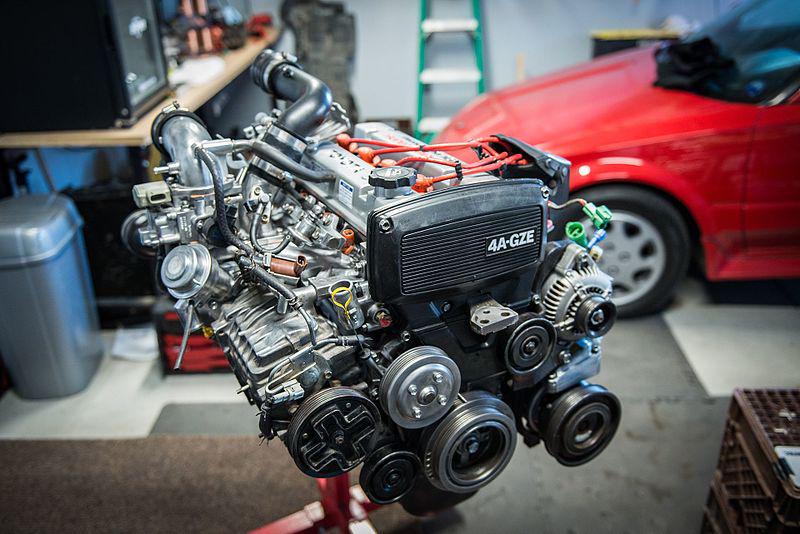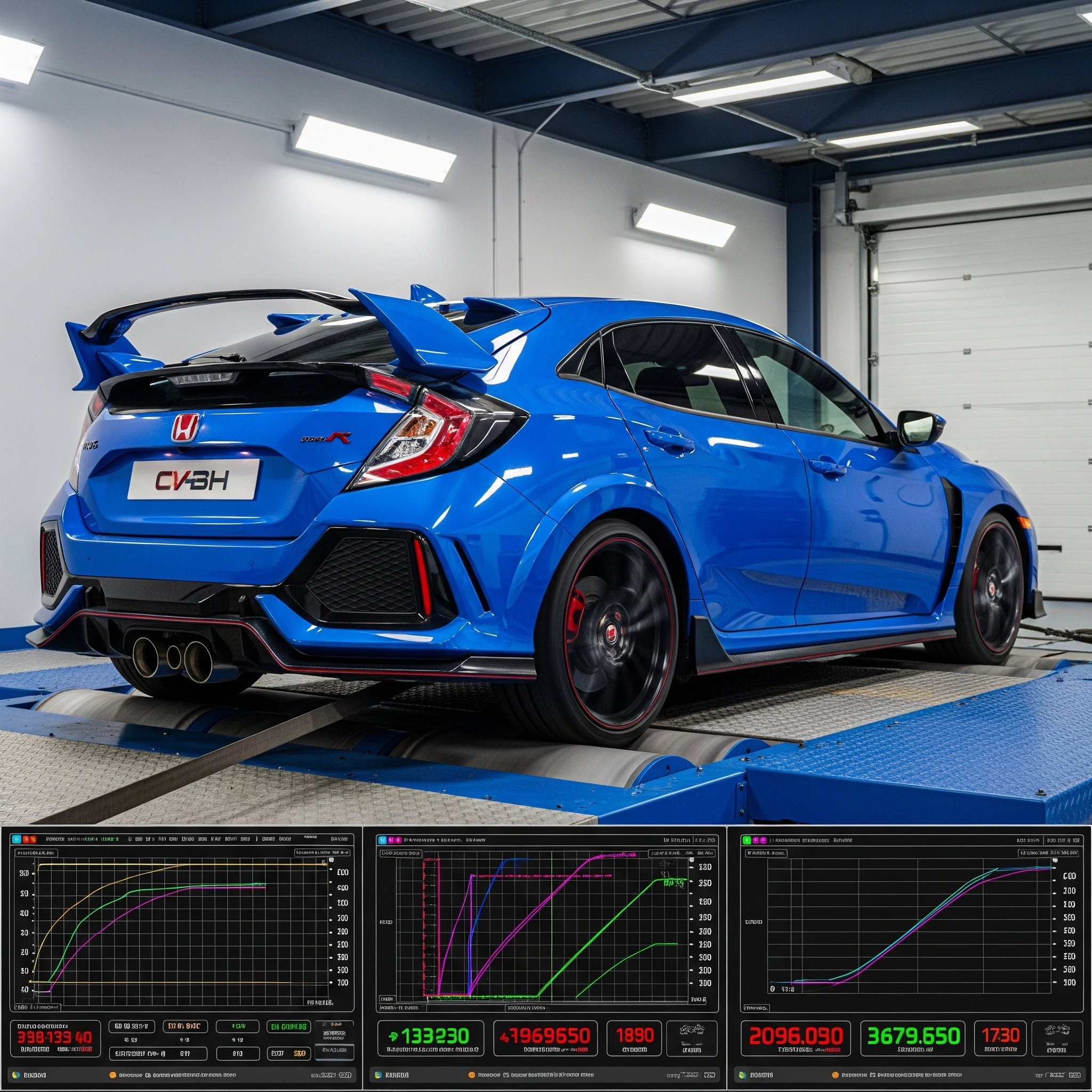Can wires replace a PCB? Not quite. While wires might appear to be a straightforward solution, they introduce numerous complications that can turn your electronic projects into a logistical challenge. PCBs are transformative. They revolutionize the construction and management of electronic circuits, enhancing reliability and ease of use. Consider a microcontroller interfacing with multiple sensors and actuators. This configuration is prevalent in modern devices, from smart home systems to industrial machinery. Using wires might seem straightforward—just connect point A to point B. However, as you incorporate more components, the complexity increases significantly. The result is a disorganized, difficult-to-manage, and unreliable setup. Each additional wire represents a potential failure point, complicating the management of the entire system. Troubleshooting becomes exceedingly difficult with numerous wires. Identifying a single faulty connection amidst a tangle of wires is akin to finding a needle in a haystack.
Enter the PCB—a flat board with meticulously designed pathways connecting all components. These pathways are etched into the board, ensuring reliable and consistent connections. PCBs maintain order, efficiency, and dependability. Consider a microwave oven, for instance. It’s not merely about neatness; it’s about functionality and durability. The PCB in a microwave manages the magnetron, mechanical stress, heat, electromagnetic interference, and electrical surges. It is a critical component that ensures the microwave operates safely and effectively. PCBs are designed to endure these challenges while maintaining flawless operation. The materials and design are selected to withstand these stresses without failure.
So, why are PCBs essential? They are not just for connections; they create circuits that can withstand real-world conditions. PCBs are engineered for robustness and reliability, making them indispensable for any serious electronic project. It’s about ensuring connections last and perform under various conditions. From extreme temperatures to physical shocks, a well-designed PCB can handle it all.
Ready to delve deeper into PCB design? Understanding PCB design principles will unlock numerous possibilities for your electronic projects, enhancing their efficiency, reliability, and professionalism. Let’s examine the intricate design of a PCB. Each pathway is meticulously planned to ensure optimal performance and minimal interference. Testing is a crucial aspect of PCB design. Engineers use specialized equipment to verify that every connection is solid and that the board can withstand real-world stresses. A PCB is not just a single layer; it’s a multi-layered structure that facilitates complex signal routing. This multi-layer design helps manage signal integrity and reduce electromagnetic interference. The PCB manufacturing process is highly automated, ensuring precision and consistency. Automated machinery places components with remarkable accuracy, minimizing human error. Quality control is critical. Each PCB undergoes rigorous inspection to ensure it meets the required standards, ensuring the reliability and longevity of the final product. PCBs are the backbone of modern technology. From smartphones to computers, they are integral to the functionality of nearly every electronic device we use today. Advancements in PCB technology continue to push the boundaries of what’s possible. Engineers are constantly developing new materials and techniques to enhance PCB efficiency and reliability. The future of PCB design is promising. With ongoing research and development, we can anticipate even more innovative solutions that will drive the next generation of electronic devices. Wearable technology exemplifies the evolution of PCBs. These devices require compact, flexible, and highly reliable PCBs to function effectively.
Flexible PCBs are transformative for wearable tech. They can bend and flex without breaking, making them ideal for devices that need to conform to the human body. In the medical field, PCBs are crucial for the reliability and accuracy of life-saving devices. From heart monitors to imaging equipment, they ensure flawless performance. The design and manufacturing of medical PCBs demand the highest standards of precision and reliability. Any failure could have serious consequences, so these PCBs are built to stringent specifications.
Automotive applications also heavily rely on PCBs. From engine control units to advanced driver-assistance systems, PCBs are essential for the performance and safety of modern vehicles. Testing automotive PCBs is critical to ensure they can withstand harsh conditions, such as extreme temperatures and vibrations. In aerospace, PCBs must meet even more rigorous standards. They need to perform reliably in extreme conditions, from the vacuum of space to intense radiation. The future of PCB technology is bright. With continuous advancements, we can expect even more innovative solutions that will drive the next generation of electronic devices. As we push the boundaries of technology, PCBs will continue to play a crucial role. From quantum computing to advanced robotics, they are the foundation of our technological future. Whether you’re working on a simple project or the next technological breakthrough, understanding and utilizing PCBs is essential. They are the backbone of modern electronics, ensuring reliability, efficiency, and performance. Ready to elevate your electronic projects? Embrace the power of PCBs and unlock a world of possibilities. Your journey into the world of PCB design begins now!



